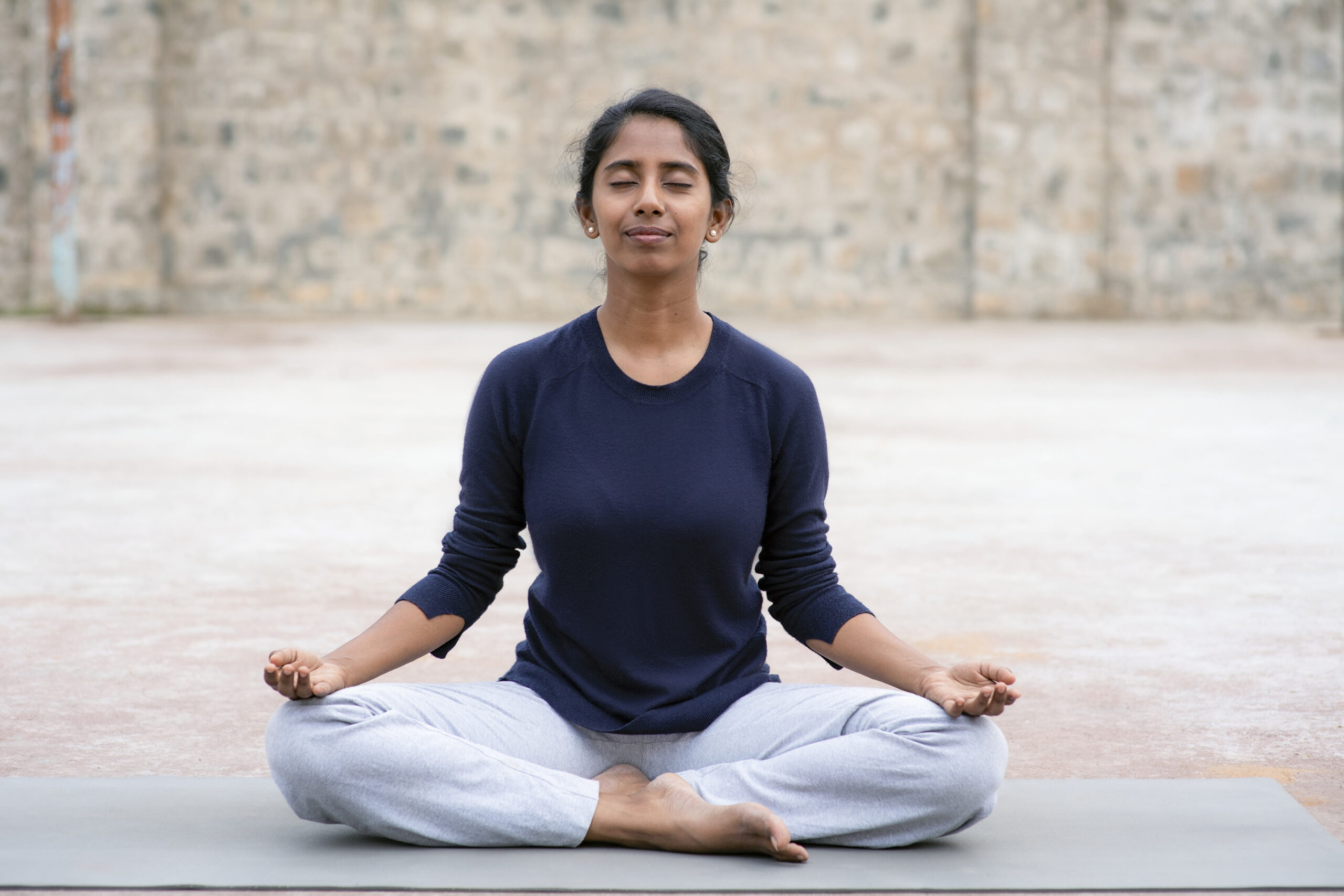Ashtanga yoga ( “the eight limbs of yoga”) is Patanjali’s classification of classical yoga, as set out in his Yoga Sutras.He defined the eight limbs as yamas (abstinences),niyama (observances), asana (posture),pranayama (breathing), pratyahara ( withdrawal ),Dharana ( concentration), dhyana ( meditation ), and samadhi ( absorption)
1 .Yamas
Yamas are ethical rules in Hinduism and can be thought of as moral imperatives (“ the don’ts”).
The five yamas listed by Patanjali in yoga sutra are
1 Ahinsa: non-violence, non-harming other living beings
2 Satya: truthfulness, non-falsehood
3 Asteya: non-stealing
4 Brahmacharya
5 Aparigraha: non-possessiveness
PATANJALI IN BOOK 2 STATES HOW AND WHY EACH OF THE SELF-RESTRAINTS HELPS IN AN INDIVIDUAL’S PERSONAL GROWTH.
Patanjali states that the virtue of ahinsa ( non-violence)leads to the abandonment of enmity, a state that leads the yogi to the perfection of inner and outer amity with everyone, and everything.
2 Niyamas
The second component of Patanjali’s yoga path is niyama, which includes various habits and observances
1 Shaucha: purity, clearness of, mind speech, and body
2 Santosha: contentment, acceptance of others, acceptance of one’s circumstances as they are in order to get past or change them, optimism for self
3 Tapas: persistence, perseverance, austerity, asceticism, self-discipline
4 Svadhaya: the study of Vedas, the study of self, self-reflection, introspection of self’s thoughts, speech & actions
5 Ishvarapranidhana: contemplation of ishwara ( God/ supreme being)
Patanjali states virtue of contentment & acceptance of others as they are ( santosha) leads to a state where inner sources of joy matter most, and the craving for external sources of pleasure ceases.
3 Asana
Sthirasukhamasanam ( the meditation posture should be steady and comfortable )
Asana is a posture that one can hold for a period of time, staying relaxed, steady, comfortable, and motionless.
4 Pranayama
Pranayama is the control of breath
Prana means basic life energy within and yama means to control.
So to have control over prana is pranayama. Ie Nadi-shudhi,
5 Pratyahara
6 Dharana:
Dharana means concentration, introspective focus, and one-pointedness of mind. The root of the word is dhr meaning “to hold,maintain,keep”.Dharana as the sixth limb of yoga, is holding one’s mind onto a particular inner state, subject, or topic of one’s mind. The mind is fixed on a mantra, or one’s breath/navel/tip of tongue/any place, or an object one wants to observe, or a concept/idea in one’s mind. Fixing the mind means one-pointed focus, without drifting of mind, and without jumping from one topic to another.
7 Dhyana
Dhyana literally means “contemplation, reflection” and “profound, abstract meditation”
Dhyana is integrally related to Dharana, one leads to others. Dharana is a state of mind, Dhyana is the process of mind. Dhyana is distinct from Dharana in that the meditator becomes actively engaged with its focus. Patanjali defines dhyana as the mind process, where the mind is fixed on something, and then there is a course of “uniform modification of knowledge”
Adi Shankara, in his commentary on the yoga sutra, distinguishes Dhyana from Dharana, by explaining Dhyana as the yoga state where there is only a “stream of continuous thought about the object, uninterrupted by other thoughts of different kinds for the same object”; Dharana, states Shankara, is focussed on one object, but aware of its many aspects and ideas about the same object. Shankara gives the example of a yogin in a state of Dharana on the morning sun may be aware of its brilliance, color, and orbit; the yogin in a Dhyana state contemplates on Sun’s orbit alone for example, without being interrupted by its color, brilliance or other related states.
8 Samadhi
Samadhi literally means “putting together, joining, combining with,union, harmonious whole, trance.”In samadhi when meditating on an object, only the object of awareness is present, and the awareness that one is meditating disappears.
Samadhi is of two kinds
Samprajnata Samadhi- with the support of an object of meditation, and
Asamprajnata Samadhi- without the support of an object of meditation

